Hi there, pet lovers! 🕷️
Jumping spiders are one of the most fascinating and unique pets you can bring into your home. These tiny arachnids are not your typical pet—they don’t cuddle, they don’t bark, and they certainly don’t fetch. But what they lack in traditional pet traits, they make up for with their incredible personalities, curious nature, and captivating behaviors. Whether you’re an experienced invertebrate enthusiast or a beginner looking for a low-maintenance pet, jumping spiders might just be the perfect fit for you.
In this comprehensive review, we’ll dive into everything you need to know about keeping a jumping spider as a pet. From their temperament and care requirements to their affordability and availability, we’ll cover it all. By the end of this guide, you’ll have a clear understanding of what it takes to care for these tiny marvels and whether they’re the right pet for you.
Overview
Jumping spiders (family Salticidae) are small, agile arachnids known for their incredible jumping abilities, keen eyesight, and curious personalities. Unlike many other spiders, they don’t rely on webs to catch prey—instead, they actively hunt and pounce on their food. Here’s a quick summary of what makes them stand out:
- Handling and Temperament: Generally docile and curious, but delicate due to their small size.
- Care and Maintenance: Extremely low-maintenance with simple enclosure requirements.
- Health and Durability: Hardy and resilient, with a lifespan of 1-2 years.
- Availability: Widely available through breeders, pet stores, and even in the wild.
- Cost: Affordable to purchase and set up, making them budget-friendly pets.
- Overall: A fantastic choice for those looking for a unique, interactive, and low-maintenance pet.
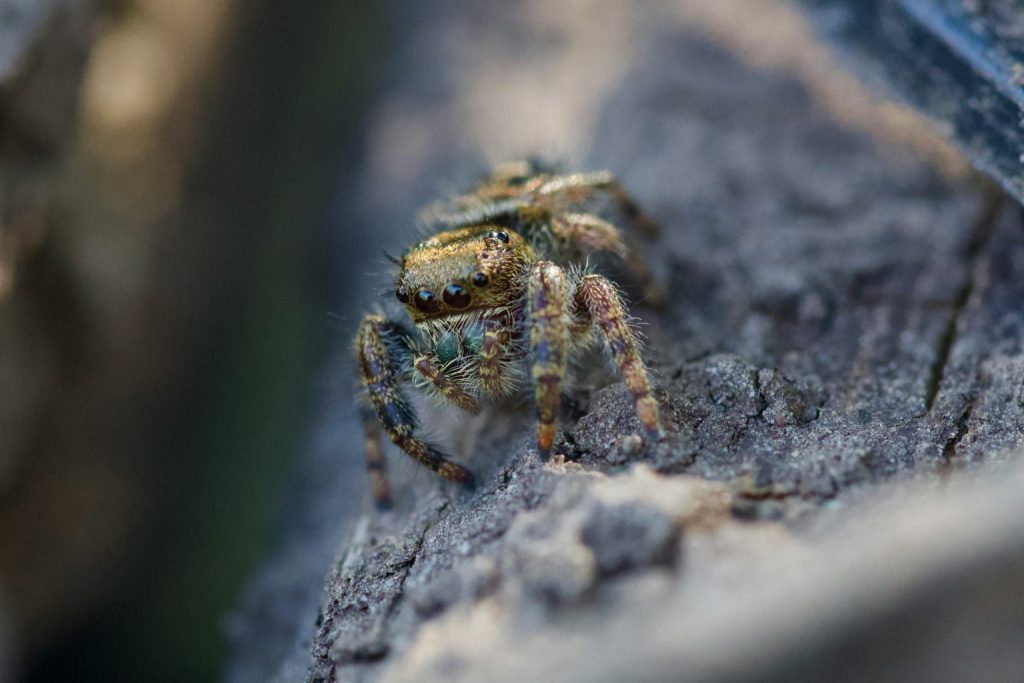
Why Choose a Jumping Spider?
Jumping spiders are ideal for those who want a pet that’s easy to care for, fascinating to observe, and full of personality. Their small size makes them perfect for apartment living, and their low-maintenance needs mean they’re great for busy individuals or families. Plus, their curious and interactive nature makes them a joy to watch as they explore their environment and hunt for prey.
While they may not be the cuddliest pets, jumping spiders offer a unique opportunity to connect with the natural world in a way that few other pets can. Their big, forward-facing eyes and inquisitive behavior make them surprisingly endearing, even to those who might normally be wary of spiders.
Handling and Temperament
Jumping spiders are known for their curious and interactive personalities. They are not aggressive and rarely bite, making them one of the most handleable spiders. However, their small size means they require gentle and careful handling to avoid injury or escape.
Personality Variations
- Some jumping spiders are bold and adventurous, eagerly exploring their surroundings and even their human caretakers.
- Others may be more reserved, preferring to observe from a distance before venturing out.
- Their behavior can vary depending on the species and individual personality, but most are inquisitive and engaging.
Handling Tips
- Always handle jumping spiders gently and in a controlled environment to prevent them from jumping away or getting lost.
- Avoid handling them too frequently, as they are delicate and can become stressed.
- Supervise children closely if they are handling the spider, as rough handling can harm the spider.
Biting
Jumping spiders rarely bite, and if they do, it’s usually a small nip that feels no worse than a mosquito bite. Their venom is not harmful to humans, making them safe to handle.
Overall, jumping spiders are a joy to interact with, but their small size and delicate nature mean they should be handled with care and respect.
Care and Maintenance
One of the biggest appeals of jumping spiders is their low-maintenance care requirements. They don’t need a lot of space, specialized equipment, or constant attention, making them perfect for beginners or those with busy schedules.
Enclosure Setup
- Size: A small enclosure, such as a 1-2 gallon terrarium or even a well-ventilated jar, is sufficient for one jumping spider.
- Climbing Space: Jumping spiders are active climbers, so provide plenty of vertical space with branches, plants, or other decorations.
- Substrate: Use a simple substrate like coconut fiber, paper towels, or reptile carpet. Avoid loose substrates that could cause harm if ingested.
- Hiding Spots: Add small hiding spots, such as pieces of bark or artificial plants, to make your spider feel secure.
Humidity and Temperature
- Humidity: Jumping spiders thrive in moderate humidity levels. Lightly mist the enclosure once or twice a week to maintain moisture.
- Temperature: They do well at room temperature (72-79°F or 22-26°C). Avoid extreme temperatures, as they can be harmful.
Feeding
- Diet: Jumping spiders are active hunters and enjoy live prey such as fruit flies, small crickets, or mealworms.
- Feeding Schedule: Feed them every 2-3 days, adjusting the portion size based on their appetite.
- Water: Provide a small drop of water on the enclosure walls or a shallow dish for drinking.
Lighting
Jumping spiders do not require special lighting, but they do appreciate a natural day-night cycle. Place their enclosure in a well-lit area, but avoid direct sunlight, which can overheat the enclosure.

Health and Durability
Jumping spiders are generally hardy and resilient pets, but they do require proper care to thrive.
Common Health Issues
- Dehydration: Ensure the enclosure is misted regularly to maintain humidity.
- Molting Problems: Provide a stress-free environment during molting, as this is a vulnerable time for spiders.
- Injury: Handle with care to avoid accidental squishing or falls.
Preventative Care
- Maintain proper humidity and temperature levels.
- Provide a balanced diet of live prey.
- Keep the enclosure clean and free of mold or debris.
With proper care, jumping spiders can live for 1-2 years, making them a relatively short-term but rewarding pet.
Availability and Cost
Jumping spiders are widely available and affordable, making them accessible to most pet owners.
Where to Buy
- Breeders: Many breeders specialize in captive-bred jumping spiders, which are healthier and easier to acclimate.
- Pet Stores: Some pet stores carry jumping spiders, though availability may vary.
- Wild-Caught: It’s possible to find jumping spiders in the wild, but captive-bred specimens are recommended for ethical and health reasons.
Cost
- Spider Price: Jumping spiders typically cost between $10 to $30, depending on the species and age.
- Setup Cost: A basic enclosure and supplies can be set up for under $50, making them a budget-friendly pet.
Pros and Cons
Pros
- Easy to care for and low-maintenance.
- Affordable to purchase and set up.
- Fascinating to observe and interact with.
- Safe to handle and rarely bite.
Cons
- Delicate and can be easily injured.
- Short lifespan of 1-2 years.
- Not suitable for those who are afraid of spiders.
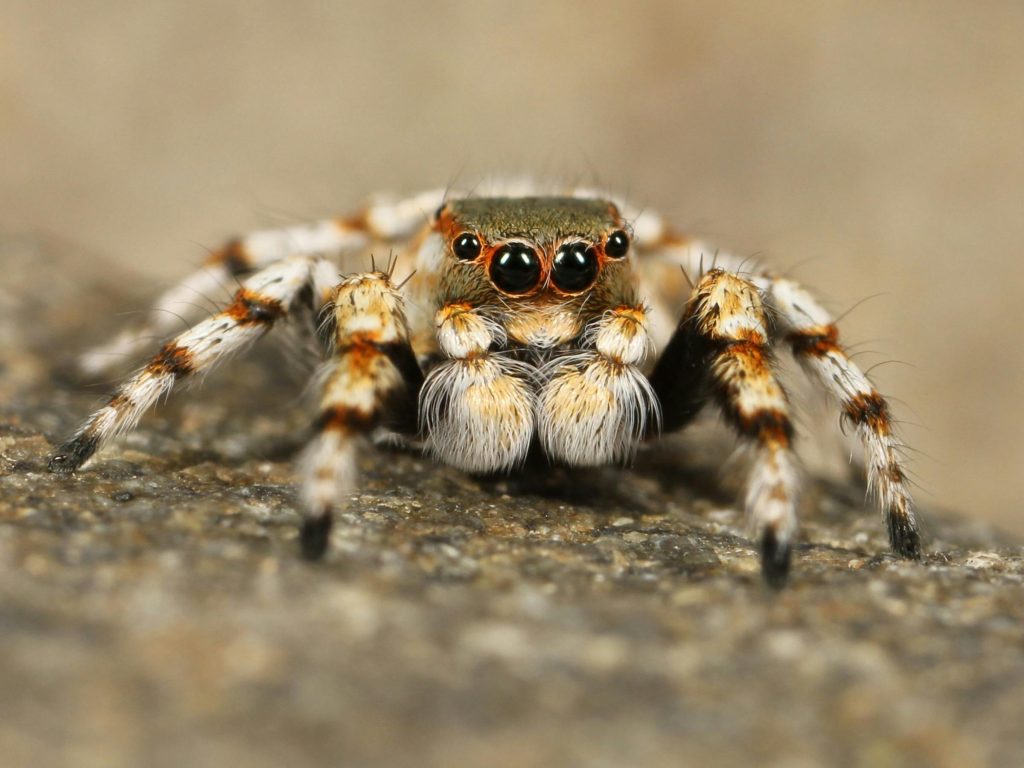
Final Thoughts
Jumping spiders are a fantastic choice for anyone looking for a unique, low-maintenance, and interactive pet. Their curious personalities, fascinating behaviors, and ease of care make them a joy to keep. While they may not be the right pet for everyone, those who appreciate the beauty and intrigue of the natural world will find jumping spiders to be a rewarding addition to their home.
If you’re considering a jumping spider, we recommend starting with a captive-bred specimen from a reputable breeder. With proper care and attention, these tiny arachnids can provide endless entertainment and a deeper connection to the wonders of the animal kingdom.
Have you owned a jumping spider? Share your experiences and tips in the comments below! We’d love to hear how you care for your spider and what makes them special to you.
For more pet care tips and reviews, stay tuned to our blog and don’t forget to subscribe to our newsletter! 🕷️



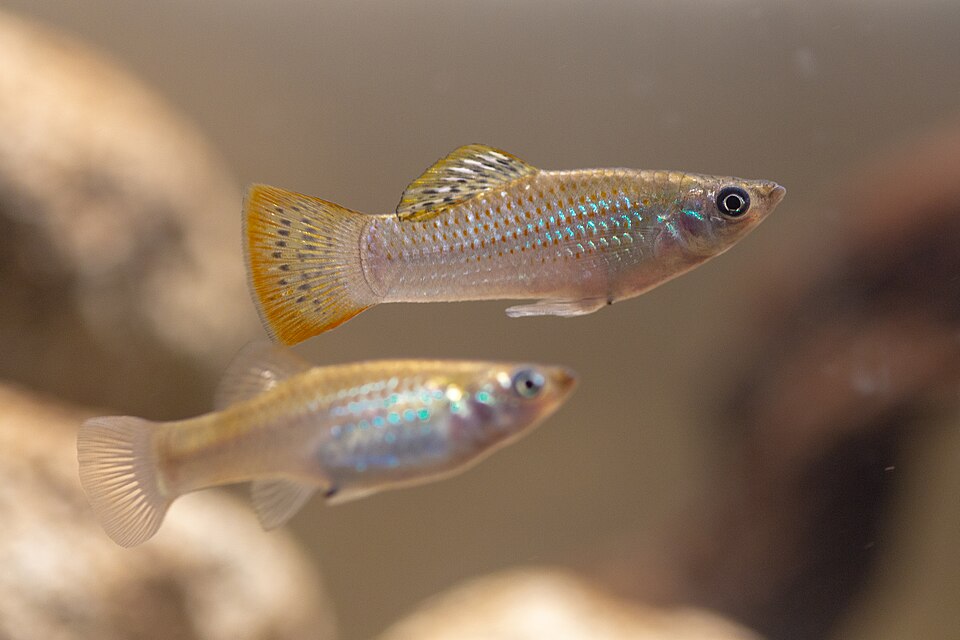
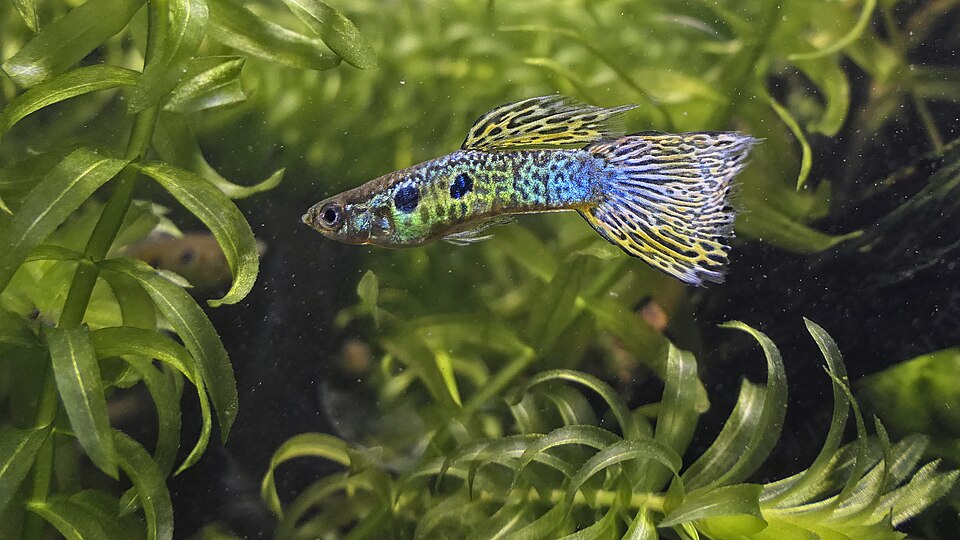
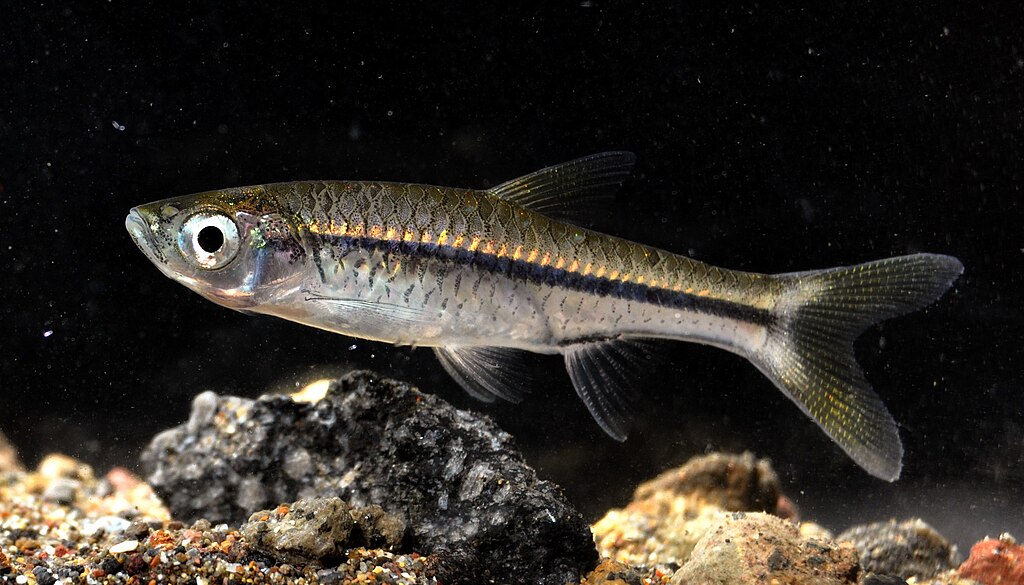
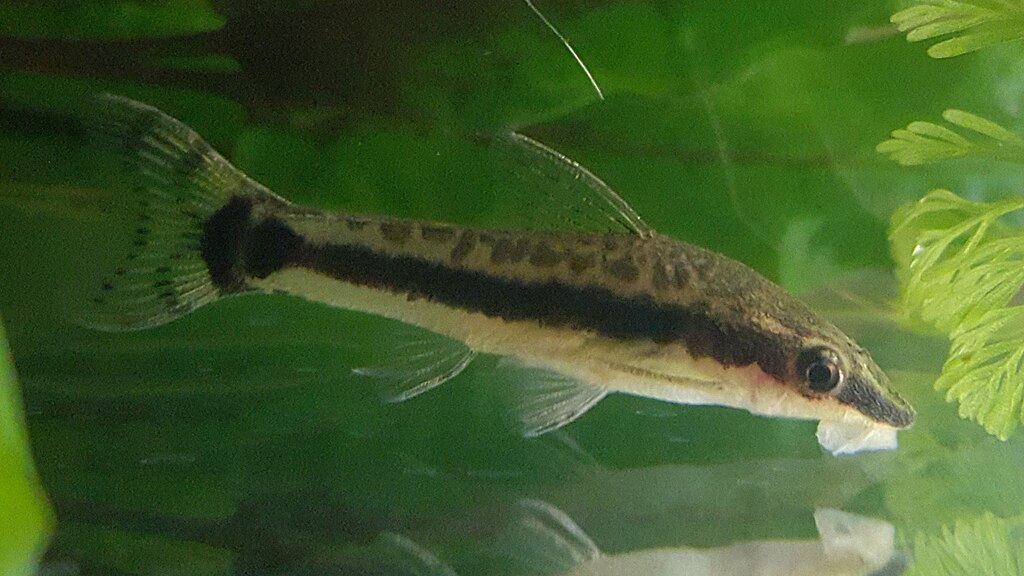

Leave a Reply